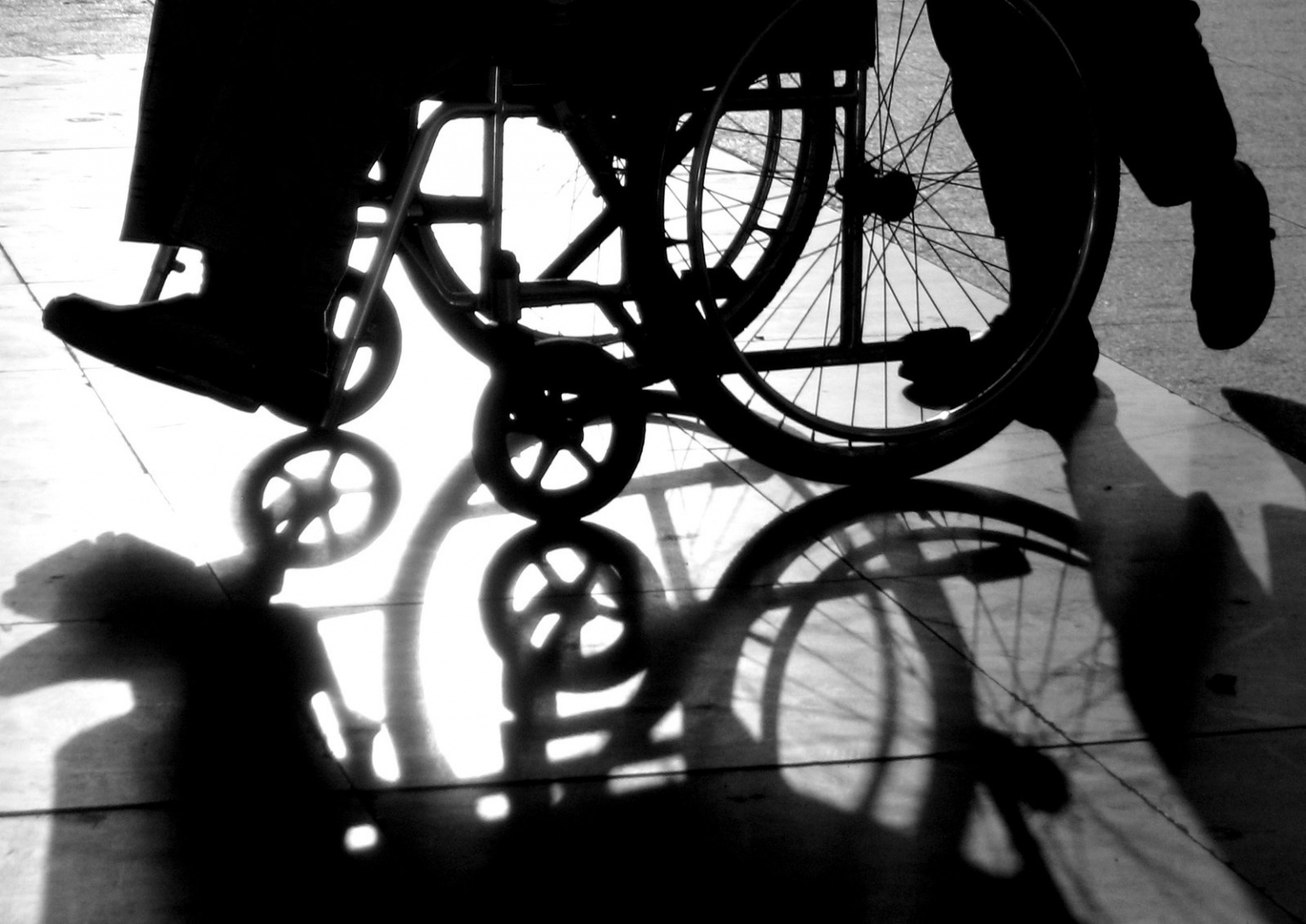The City of Springfield is seeking public input on a plan to transition all sidewalks and curb ramps on public right-of-way up to current Americans with Disabilities Act (ADA) standards.
The public has until Aug. 30 to review the plan and submit their comments via the online form, by email to [email protected], in person:
- 5:30-7 p.m., June 26 at Empower: Abilities, 1450 W. Cambridge, in conjunction with the Mayor’s Commission on Human Rights and Community Relations public forum;
- 4:30-6:30 p.m., Tuesday, July 16 at The Library Station, 2535 N. Kansas Expressway;
- Friday, Aug. 9 and Saturday, Aug. 10 at the City’s information tent on Park Central Square during the Birthplace of Route 66 Festival;
- 4:30-6:30 p.m., Thursday, Aug. 22 at City Utilities’ Transit Center, 211 N. Main;
- 8 a.m.-5 p.m. Monday through Friday until Aug. 30 at the Citizen Resource Center, located on the first floor of the Busch Municipal Building, 840 N. Boonville;
- or by printing out the comment card and mailing it to:
Dawne Gardner
City of Springfield
P.O. Box 8368
Springfield, MO 65801.
In 2018, the City of Springfield completed an inventory and assessment of sidewalks and curb ramps on public right-of-way. The City developed the Public Rights of Way ADA Transition Plan based on the results of the data collected during the inventory and assessment.
“The main goal of this plan is to set a timeline for the City to bring sidewalks and curb ramps that have identified barriers to accessibility, based on the data collected in 2018, up to current ADA standards,” said Public Works ADA Coordinator Dawne Gardner, AICP, ADAC.
Highlights of the plan
- The City maintains 640 miles of sidewalk and 10,297 curb ramps.
- Approximately 70% of the City’s curb ramps have a deficiency that must be addressed.
- Approximately 60% of the City’s existing sidewalks are in less than “good” condition.
- Approximately 40% of the City’s traffic signals have audible pedestrian features installed or planned.
- The City has $1.7 million per year in existing resources to address deficiencies identified in the plan. With existing resources, the plan will take approximately 18 years to complete.
- Project priorities are reflected on a map grid provided in the plan. Projects will be completed by map grids within the city limits and priorities were set based on pedestrian activity, activity centers, inaccessible curb ramps and tripping hazards.
- The plan is a living document and will be reviewed and possibly readjusted on an annual basis.


